In a CAN network, all nodes' data is transmitted and received to share a single bus. When faced with an unknown multi-node CAN bus network, how to accurately analyze the communication protocol between nodes?
First, CAN bus communication methodSimilar to 485, CAN-Bus is also communicated by bus, and all CAN nodes are hung on a pair of differential lines. However, the nodes in the CAN bus do not have the concept of master-slave. When the nodes have data to upload, they can send them autonomously and instantaneously. The advanced arbitration mechanism ensures that the data does not conflict.
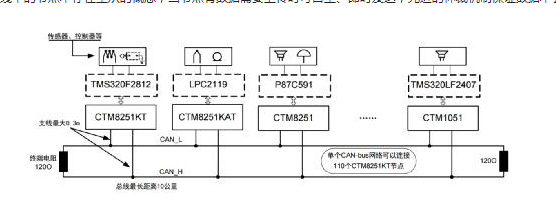
Figure 1 CAN bus communication method
Second, CAN bus protocol analysisCompared with the standard communication seven-layer model, the CAN bus can be roughly divided into a physical layer, a link layer, and an application layer. The node ID number can be obtained by parsing the link layer. If the link layer is parsed for an "unencrypted" CAN bus, a CAN bus interface card (also called a CAN box) can be used. This kind of tool can convert CAN communication into USB, PCI and other communication methods, generally used with computers. To perform a comprehensive analysis of the CAN bus, a professional bus analyzer is required. CANScope is a comprehensive instrument that integrates CAN node testing and calibration, CAN bus fault diagnosis and resolution.
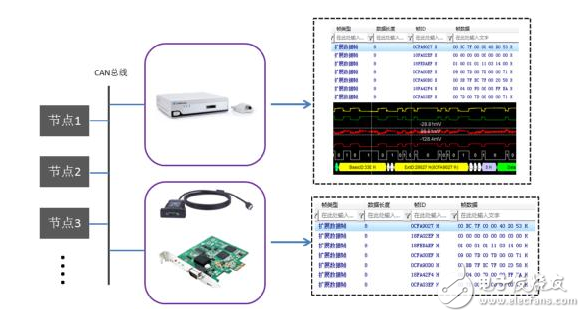
Figure 2 CAN bus capture tool and method
Third, the application of multi-channel CAN cardThe bus protocol analysis mentioned above is performed on the premise that there are few bus nodes and the node ID is known. When facing a network with unknown protocol and many nodes and unknown node ID, the first thing to do is to extract the packets in each CAN and identify each node ID.
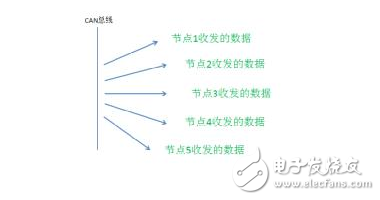
Figure 3 Data separation and extraction
If each node is taken out separately for testing, the original communication rules will be destroyed. How to find out an unfamiliar transceiver protocol without destroying the original communication? The so-called workers want to do their best, they must first sharpen their tools. You need a CAN card that can send and receive multiple CAN data at the same time. USBCAN-8E-U is the test tool.
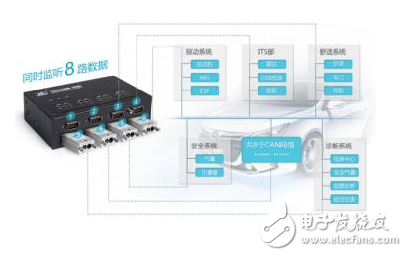
Figure 4 USBCAN-8E-U
USBCAN-8E-U integrates 8 channels of CAN-bus interface, and can be used for routing (forwarding) between channels. When identifying the node ID, the node can be connected to 8 CAN interfaces at the same time, and then 8 channels of CAN communication can be freely forwarded to ensure that the original network communication rules are not damaged. The powerful PC software displays the CAN messages sent and received by each channel separately according to the channel, and the data analysis is clear at a glance.
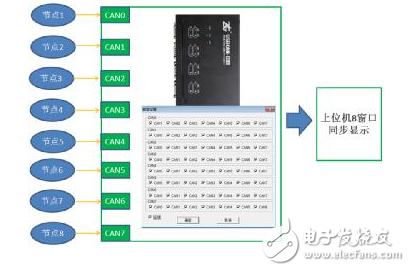
Figure 5 Multi-node CAN network analysis
Fast thyristors (Inverter Thyristor)are used for higher frequency rectification. Inverter and inverter circuit appliances.
Rectifiers have many uses, but are often found serving as components of DC power supplies and high-voltage direct current power transmission systems. Rectification may serve in roles other than to generate direct current for use as a source of power. As noted, detectors of radio signals serve as rectifiers. In gas heating systems flame rectification is used to detect presence of a flame.
Inverter Thyristor,Power Inverter Thyristor,Frequency Inverter Thyristor,Electronic Component Inverter Thyristor,Bi-directional Controlled Thyristors (BCT)
YANGZHOU POSITIONING TECH CO., LTD. , https://www.cndingweitech.com